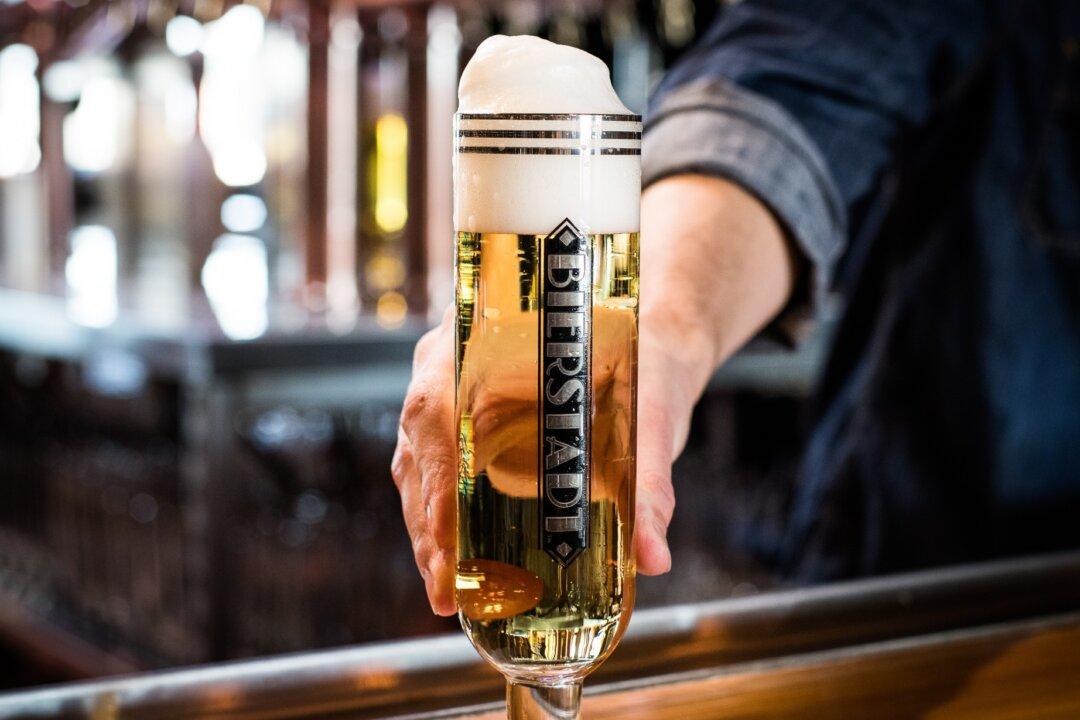Thirsty drinkers expect quick service, and a fast and efficient bartender keeps customers happy. But if you’ve ever watched a Guinness pour, you know that some beers cannot, and should not, be rushed into the glass. Germans think so, too, and it may come as a surprise to some that they’ve long applied this approach to our most common beer: the pilsner. In the United States, some craft breweries are taking up the technique.
With all the variations of styles and ingredients that have been paraded before us by this golden age of craft beer, it’s nice to see some respect for the tried and true beer of beers. But the variation here is not in the style of beer itself, but rather the method of delivery: the slow pour. The name says it all: Your beer is poured in several intervals, creating a dense head that climbs out of the glass and stays there.





